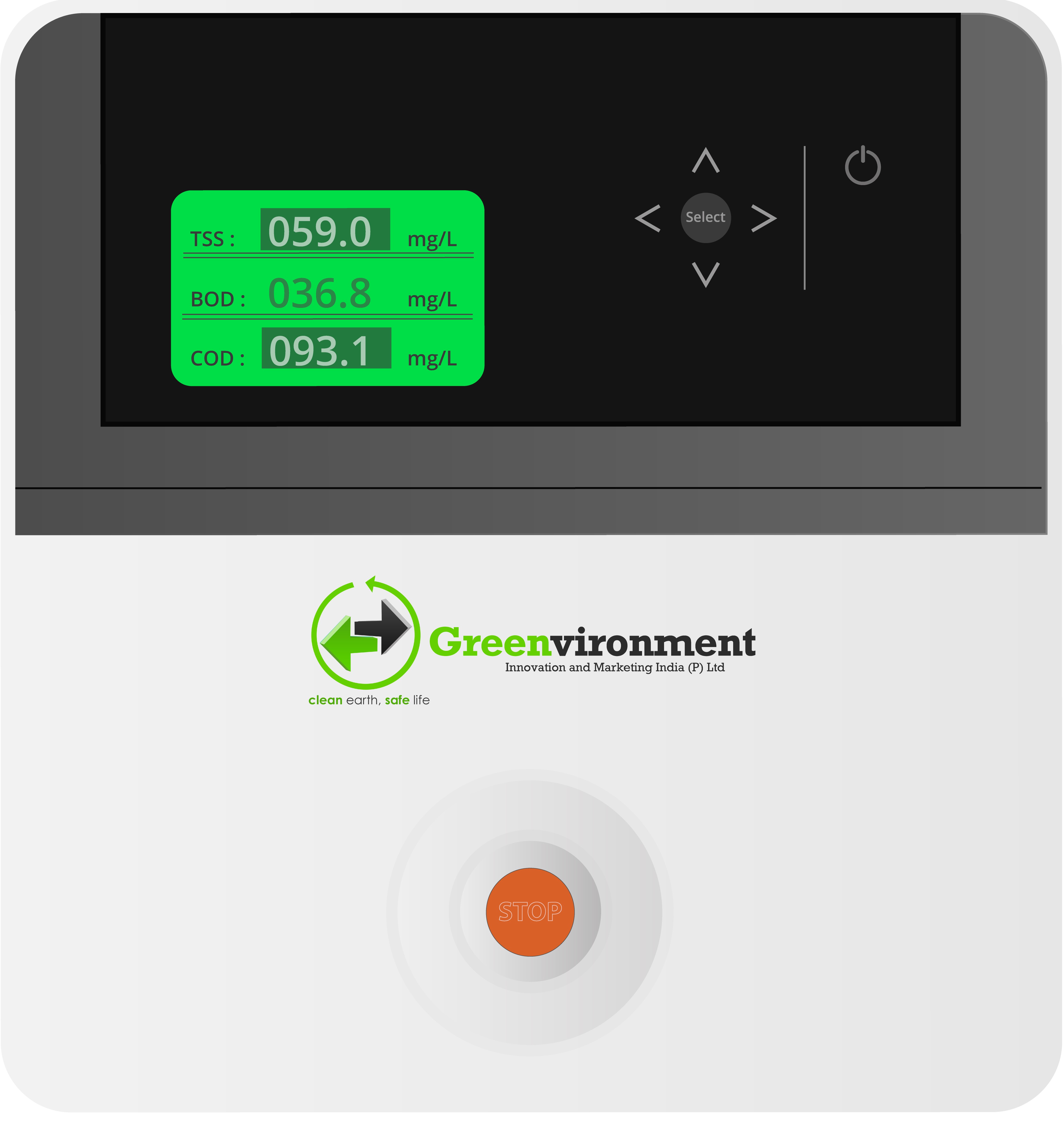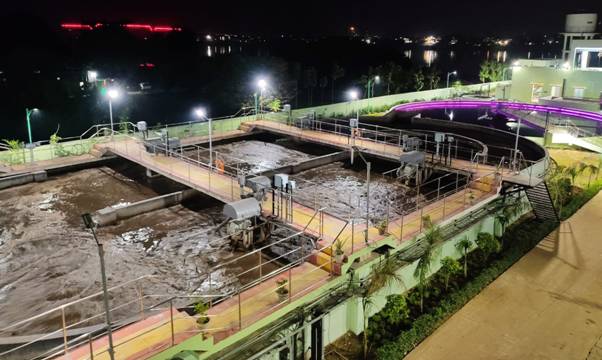Real Time water informatics is crucial for addressing social-political responses to water….
The governments at various levels, the general public, civil society, and non-state actors are now looking at real-time water informatics for diverse reasons. IoT based Real-Time Monitoring of water and wastewater is the key to realize real time water informatics.
At times, the uproar over water pops up regularly, due to climate change-induced erratic rains and insufficient facilities for wastewater recycling.
The human race as a whole, deliberately or inadvertently yet directly contributes to a major share of water worries – be it untreated sewage and effluents flowing to rivers and other natural water sources or systemic failures such as dried-up water taps or leakage in lines.

Greenvironmentindia’s IoT based Real Time Monitoring systems for water and wastewater monitoring ensures smooth flow of water informatics
Climate change is caused by greenhouse gas emissions and over-exploitation of natural resources which is the indirect assault by the human race on the environment. The resultant abnormal raining patterns – lack of rain or downpour, melting of ice in poles and vanishing streams in mountains as well as disappearing or flooding rivers are making life on earth difficult. The list of water worries at times is unending.
Therefore, Real-Time Water Informatics is much in demand as an important means of addressing the climatic and socio-political responses related to water. It helps to take up informed and targeted interventions to address the water worries, where the human race has direct or indirect roles.

Currently, more accountability and transparency are demanded from society at large, regarding the efficacy and health hazards of water distribution as well as wastewater recycling systems, especially in the case of huge STPs (sewage treatment plants) and ETPs (effluent treatment plants). In such a scenario, Real-Time Water Informatics based on Real-Time Monitoring (RTM) has a special significance in a socio-political context.
Because, the public outrage against inefficiencies, quality issues and demand-supply gaps in water distribution continues to be challenging for the state and the public alike. So as the underperformance or even lack of wastewater treatment infrastructure.
The challenge of taking the consumers, communities who live in close proximity to water and wastewater infrastructures, the government agencies and civil society groups in confidence is imminent. Real-time information about the efficacy of water and wastewater infrastructure, as well as distribution and recycling systems, would be helpful in building up confidence among such stakeholders.

